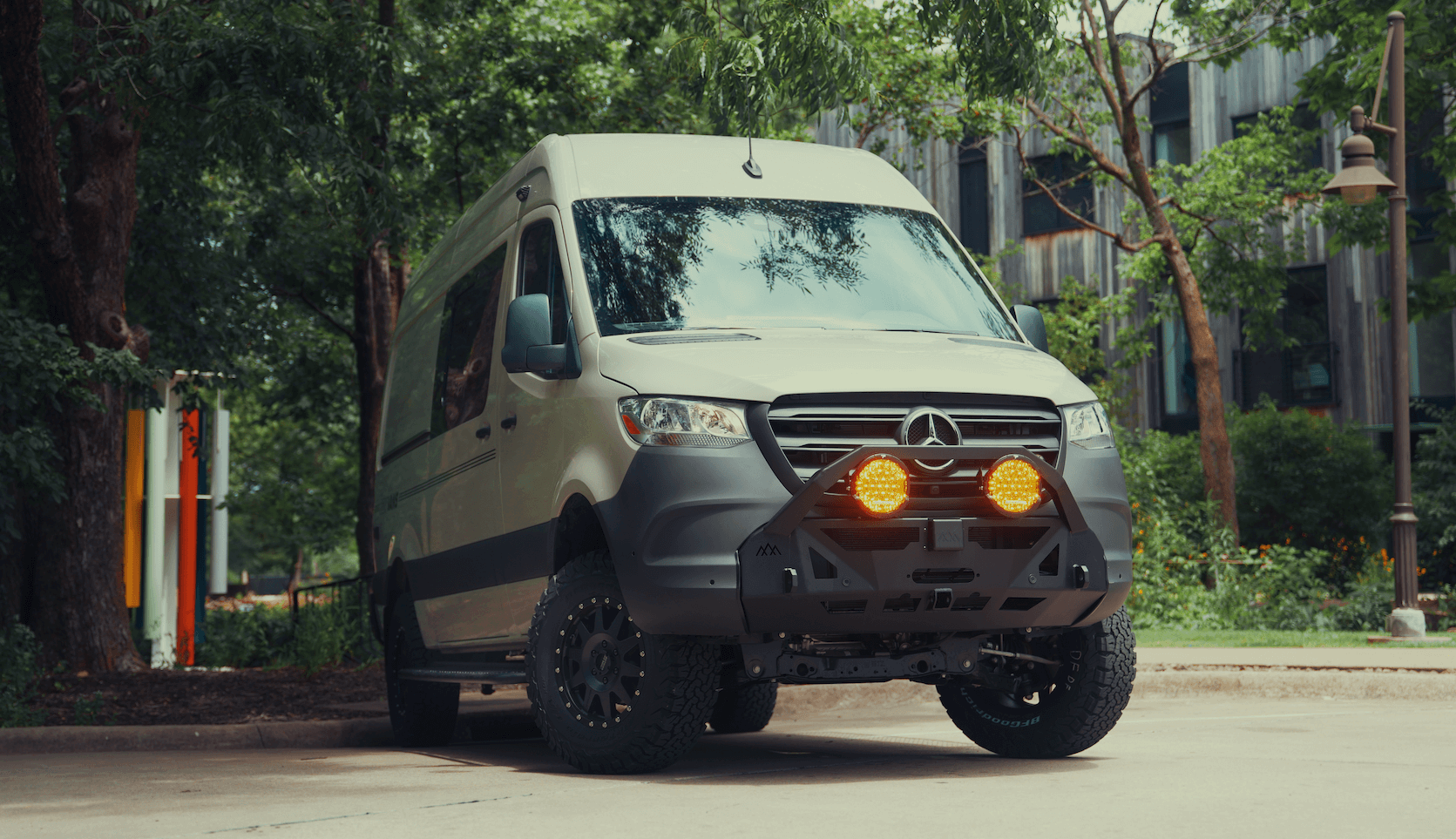Recreational Vans

The Ford Transit camper platform blends everyday drivability with real interior volume. Tall roofs allow most adults to stand upright, and the squared cargo area makes cabinetry and beds easier to fit. Modern driver aids reduce fatigue on long days, while multiple wheelbases support everything from nimble city rigs to extended road homes. With proper planning, the Transit can carry a full electrical system, water storage, insulation, and a bed setup without compromising handling or safety.
Two wheelbases and multiple roof heights define the shell you will live in. A long wheelbase with a high roof unlocks vertical storage, overhead cabinets, and a full standing galley. A regular wheelbase feels more agile, parks easier, and weighs less, which helps payload headroom. Roof height controls both comfort and energy needs: taller vans are easier to move around in yet add wind area that affects highway range and heating or cooling loads.
The Transit is known for carlike steering and confident braking. Available all wheel drive improves traction on rain, snow, and gravel, which matters when trailheads get slick. Keep an eye on tire selection and suspension tuning since a built camper typically carries constant weight. Balanced loading over the axles and appropriate spring rates make a huge difference in stability.
A functional Ford Transit camper layout starts with honest gear mapping. List what must ride inside, then protect bed length and aisle width. Keep heavy items low and close to the center. Smooth daily routines win over raw storage numbers, so sketch how you will cook, work, and sleep before fixing cabinet dimensions.
A transverse bed can work with window flares or cutouts that add elbow room. Without flares, many builders favor a north south bed to preserve sleep comfort. Convertible beds that become a dinette save space, but fixed platforms create a clean garage for bikes and bins. Measure mattress thickness and ventilation gaps so bedding stays dry and warm.
Place the galley near the sliding door for light and ventilation. Keep the sink close to the water tank and consider a flip up counter to extend prep space without crowding the aisle. If you need extra seats, verify mounting solutions that comply with vehicle standards and tie into the body correctly. Sliding pantries and ceiling cabinets add storage without stealing floor space when designed with tapered fronts and soft close hardware.
Great trips rely on quiet, reliable systems. Plan electrical, water, and climate control together so they support how you actually travel. A Ford Transit camper can hide significant capacity in its cavities if you map each zone early.
Estimate watt hours based on real loads such as a fridge, fans, laptops, and lights. Lithium batteries and a smart alternator charger deliver dependable power even on cloudy days. Solar is a steady assist on open routes; panel placement should leave room for a fan or a rooftop AC if needed. Use proper fusing, cable sizing, and ventilation for every component and label the system for quick troubleshooting.
A simple water system might include a tank, pump, filter, and gray container with a vented trap. Ventilation through roof fans and screened openings keeps moisture moving and manages cooking heat. Insulation solutions vary from Thinsulate to rigid foam with attention to thermal bridges and condensation control. Sound deadening mats tame road noise, and a thermal curtain behind the cab can reduce heating and cooling demand.
Every choice affects payload. Track component weights and compare to the door jamb rating, aiming for margin rather than the limit. Secure all cabinets with metal anchors into reinforced structure, not just paneling. Use sealed penetrations around windows and fans to protect against leaks. For added safety, include a fire extinguisher, smoke and carbon monoxide detection, and clear battery disconnects. A well balanced Ford Transit camper will stop predictably, ride quietly, and pass inspection without surprises.
If you want a tested layout, clean wiring, and purpose built cabinetry, a professional team can shortcut the trial phase. OZK Customs designs and builds full service Ford Transit camper interiors with system integration that feels factory smooth. Explore our current scope of work at Recreational vans, see what goes into a Custom build van, or review finance friendly platforms at Mainstream vans.
We listen first, then engineer around how you travel. Expect tight joinery, quiet rides, and systems that are easy to live with. Whether you are hauling bikes on weekends or crossing the country for months, our team can blueprint a Transit that fits your route and your gear without wasted space.
Tell us how you camp, what you carry, and how many nights you spend off grid. We will translate that into a Ford Transit camper plan with clear power targets, storage volumes, and a layout that feels natural on day one. Ready to start the build conversation today? Submit the form and we will schedule a focused consult to map your timeline and deliverables.
Ready to turn a Ford Transit into a road proven camper? Tell us how you travel and we will design, build, and deliver a dialed rig with pro grade fit and finish. Submit the form and secure a build chat to get an accurate scope, timeline, and investment plan tailored to your route.
ADDRESS:
6159 E Huntsville Rd, Fayetteville, AR 72701
PHONE:
(479) 326-9200
EMAIL:
info@ozkvans.com